Like many, I suppose, I hadn’t intended to be part of the Experimental world. But in June 2020, I sold my Cessna 150 of seven years. I soloed in that airplane and took my Private Pilot and CFI check rides in it as well. It was gorgeous, with big beautiful red stripes—a real head-turner on the ramp. It flew well and had decent enough avionics that I would occasionally take an IFR trip in it. I always considered it my “forever” airplane and it would be a tight contest to see whether I had more “blood and sweat” or “money” into it.
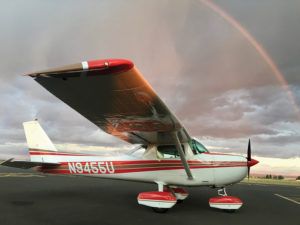
However, in 2019, that idea of forever airplane changed. The U.S. Coast Guard planted me on the West Coast and I left my North Carolina roots. Specifically, I was stationed at Port Angeles, Washington, which is nearly as far northwest as one can go in the lower 48. The 150 joined me in October, after we made the 2400-mile trip across the country together. Unfortunately, it wasn’t long before I realized we had some real limitations here.
Since moving, I befriended a father figure I like to call “Dad-Dave.” Dad-Dave is 6 feet 4. Dad-Dave did not reasonably fit in my airplane. That was a deal breaker for me, on top of not having the performance, useful load or speed to reasonably go camping at a lot of the wonderful little backcountry airstrips in the mountains of the Pacific Northwest. In addition, I am a taildragger pilot at heart whose itch for more draggin’ is never satisfied, so I knew I needed a tailwheel aircraft.
The Choices
I was beyond the hurdle of Private, Instrument, Commercial and CFI check rides, but it never occurred to me that owning a certified plane had lost most of its edge. I kept a watchful eye on Barnstormers for Cessna 170s and Aeronca Sedans, but thankfully I didn’t have the blinders on. I was open to any airplane that could do a very selective list of things. 1) It had to go pretty fast. 2) It had to be a taildragger. 3) It had to be able to handle short, rough airstrips without a doubt. 4) It had to have a decent useful load. 5) It had to burn less than 9 gallons per hour. 6) It had be in the $30–45k range. 7) It had to have a good safety record.
For months I wracked my brain, finally deciding that the airplane of my dreams did not truly exist. I called on a few Cessna 170s and Aeronca Sedans, but nothing ever came of it. One day, the grumpiest old curmudgeon at my airport glanced over his shoulder and said, “You should get a GlaStar like that other Coastie who used to be here.” “GlaStar…Coastie?” I thought. My fingertips hit Google as soon as I could get to a device. I was thinking: Surely it must be an adventurous plane if a Coastie owned it.
The more I read about the GlaStar, the more I thought, “I think I found the one.” The typical purchase price seemed steeper than what I could handle, however, so I solicited for a partner on Craigslist. Meanwhile, I purchased a Glasair Aircraft Owners Association (GAOA) membership and was delving into every GlaStar topic I could find. I made some connections, was able to have my first flight in one and listed the 150 for sale.
Soon, my GAOA membership paid off. N69RX popped up in the classified section, and I managed to be the first to call. I excitedly sent the information and photos to Dad-Dave. The GlaStar needed a little work, but it was very reasonably priced. The next morning, I woke up to a surprising text from him, saying he would go partners with me “in the yellow bird” if I wanted to get it. Talk about a dream come true!
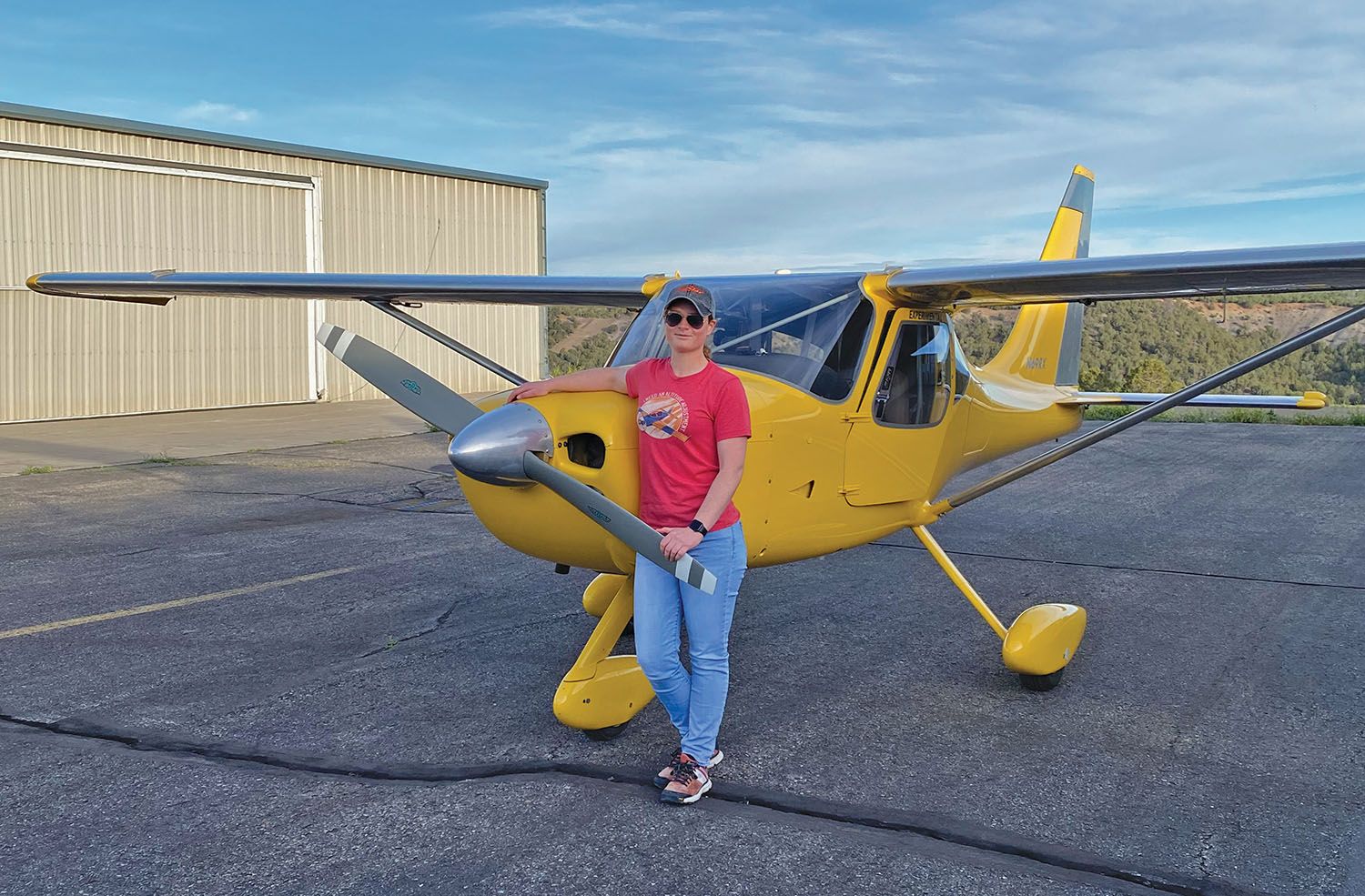
Swapping Seats
The 150 flew off to its new home and four days later I was flying back a yellow GlaStar. I had slight remorse at how I’d miss the Cessna’s red stripes, but Woodstock was gorgeous in his own way, as evidenced from my fuel stop on a busy morning in Brigham City, Utah. I received a random comment over the CTAF on how good my plane looked, which was met by multiple other pilots who jumped on to concur.
I’ve put about 30 hours on Woodstock since getting him back and recently we completed the tailwheel conversion. I could not be happier with a plane. He cruises at 120 knots down low, and the TAS up higher is likely breaking 130. He climbs at 1200 fpm and easily lands in 300 feet. Powered by a 160-hp Lycoming O-320, fuel burn is not much more than I was used to in the 150, so I can afford to keep flying. I now have the ability to carry way more fuel (50 gallons) than my bladder can stand, with a range of around 600 nautical miles—and I can easily haul 250 pounds of camping gear in the huge cargo area.
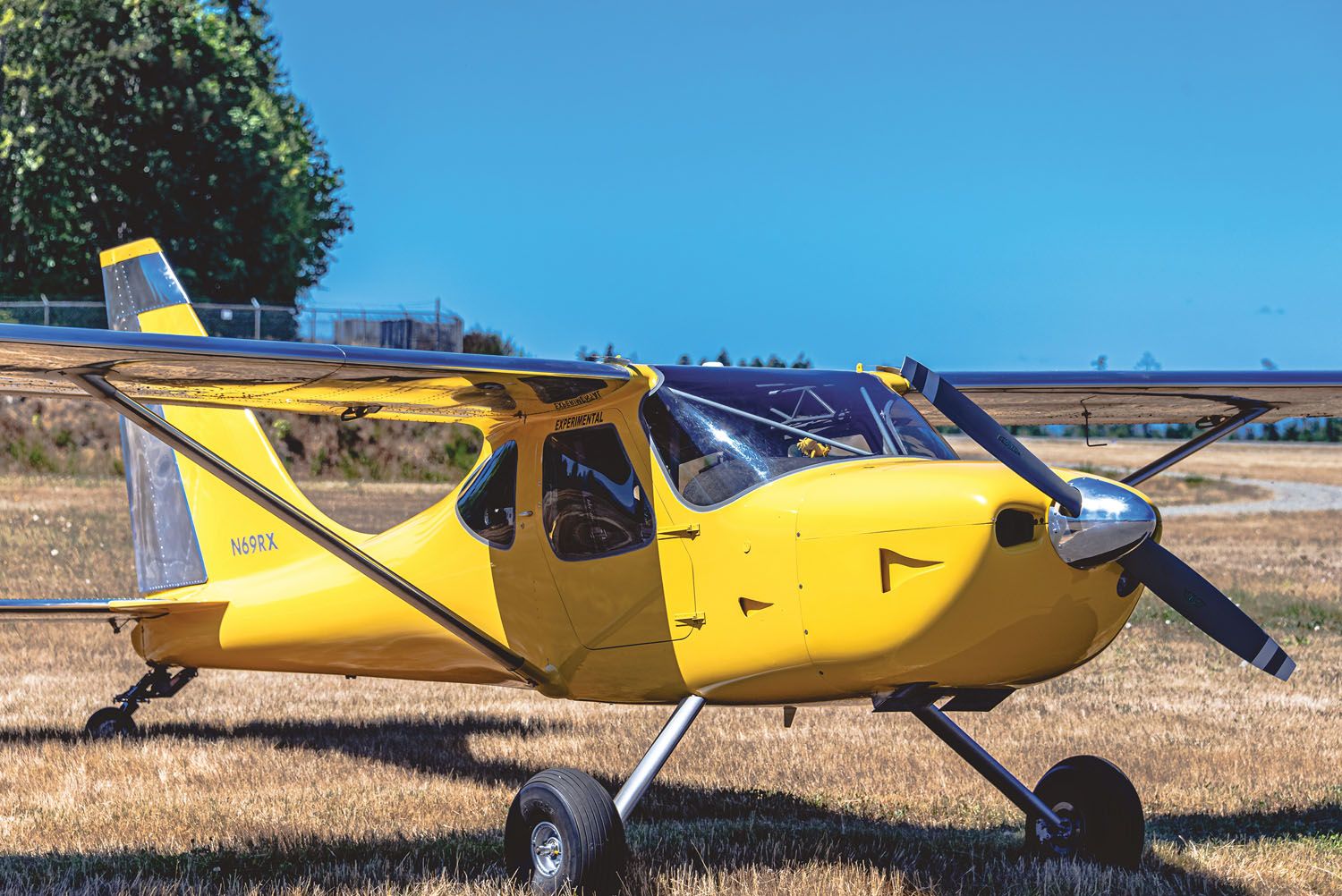
The Human Connection
Having Dad-Dave as a partner is great because he is an A&P and can sign off the work we do on Woody. I’ve certainly made a believer out of him when it comes to Experimental airplanes. He swears he is never going back to certified. Can you blame him? It’s amazing to have a newer aircraft and not have to worry as much about the structural and maintenance issues that are associated with older and high-time airplanes, such as excessive corrosion and wear. Not to mention, the Experimental world opens up freedom! No longer am I restricted by expensive and ancient FAA-approved technology!
I personally see great things ahead for the Experimental world. It’s no secret anymore that we’re winning over the certified aircraft world in nearly every way and becoming more and more sophisticated in the process. I can’t tell you how excited I am to have joined the ranks of proud Experimental aircraft owners. See you around in the skies! You can’t miss me; I’ll be in the bright yellow GlaStar.

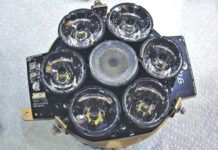
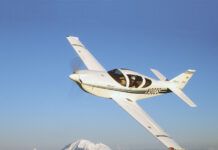


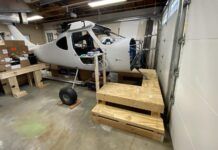

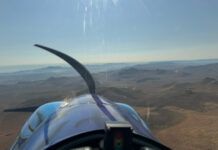
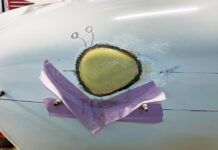
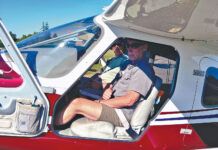
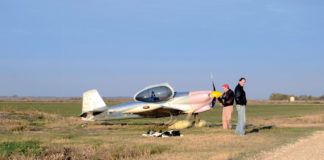

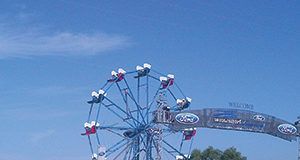
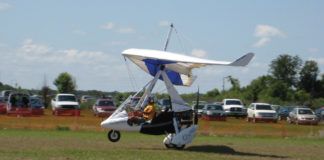
Great article.
I love to see and know that women fly any plane! good for the female pilot.
It is a life lesson of a woman who sets an example for men
Congratulation AMY!!!
Kind Regards
JAIME
For EAB A&P is only required for condition inspection. Any other work can be signed off by owner.
Amy, it’s cool to see you writing a guest article for my favorite magazine! I still rock a 150 patroller and remember you from the 150-152 forum. I’m looking into a similar switch with my next purchase as the cost of Certified GA is real tragedy. Thanks for the update, and thanks for the great youtube content as well!
Amy, I sure enjoyed your article. I learned to fly years ago in a C-150 and now fly around the country in my Questair Venture. A great was to go a long way fast. But the 150 still has a very fond place in my heart and I always get a thrill out of flying one again from time to time. I will do some research on the Glastar as a second plane for the grass strips. Thanks for a great article.
J
Hi Amy…I have read a couple of your articles now. Please do some more.
I am from Perth on the West coast of Australia and currently fly an RV6. Our state is around 3 time the size of Texas and is an aviators paradise (no mountains)extending from the temperate south to the tropical north.
Around a year ago I purchased a Glastar project with an IO375 and MT CS prop which I hope to have flying within a year. Currently finishing G3X etc panel install. Paint done, wings going back on in a week or 2…..then windows!
Its Trigear at present but may do the conversion later.
Clear skies and tailwinds!!
An A&P is only needed for the (annual) condition inspection. Anybody, absolutely anybody, can work on an experimental and return it to service (in less the operating limitations specify otherwise, which is unlikely.)